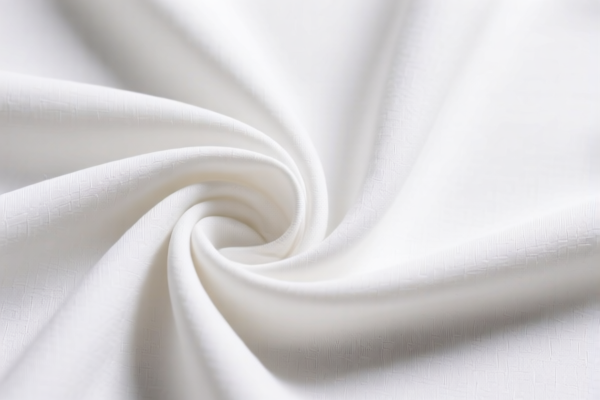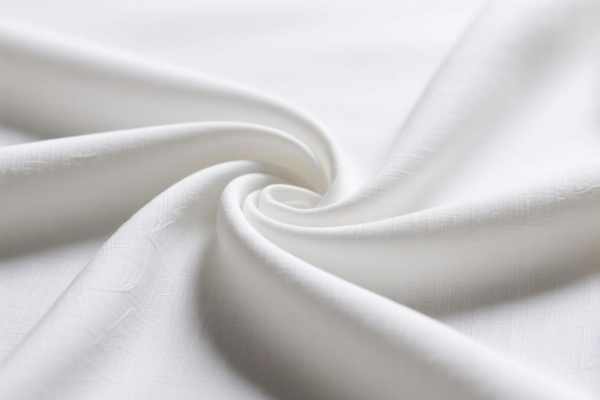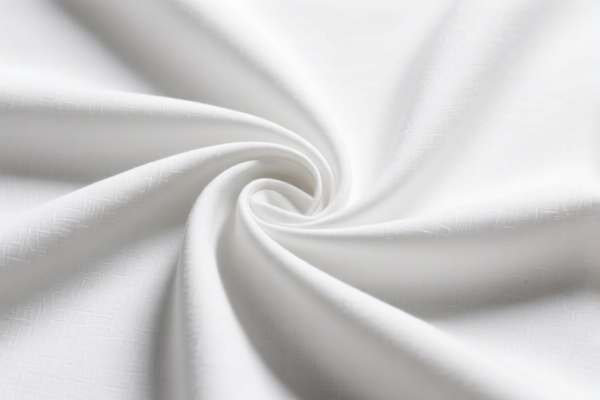| HS Code | Official Doc | Tariff Rate | Origin | Destination | Effective Date |
|---|---|---|---|---|---|
| 4107115000 | Doc | 32.8% | CN | US | 2025-05-12 |
| 6006909000 | Doc | 55.0% | CN | US | 2025-05-12 |
| 6006420085 | Doc | 65.0% | CN | US | 2025-05-12 |
| 6003909000 | Doc | 61.6% | CN | US | 2025-05-12 |
| 5907008090 | Doc | 55.0% | CN | US | 2025-05-12 |




Here is the detailed classification and tariff information for the declared product "fabric", based on the provided HS codes and tax details:
✅ HS CODE: 4107115000
Product Summary: Leather fabric
- Base Tariff Rate: 2.8%
- Additional Tariff (before April 11, 2025): 0.0%
- Additional Tariff (after April 11, 2025): 30.0%
- Total Tax Rate: 32.8%
- Key Notes:
- A significant increase in tariffs after April 11, 2025.
- Verify if the fabric is indeed leather-based and not a synthetic alternative.
- Check for any specific certifications or documentation required for leather imports.
✅ HS CODE: 6006909000
Product Summary: Knitted fabric for apparel
- Base Tariff Rate: 0.0%
- Additional Tariff (before April 11, 2025): 25.0%
- Additional Tariff (after April 11, 2025): 30.0%
- Total Tax Rate: 55.0%
- Key Notes:
- High additional tariffs apply, especially after April 11, 2025.
- Confirm the fabric is not classified under a different HS code (e.g., 6006420085).
- Be aware of potential anti-dumping duties if the fabric contains iron or aluminum components.
✅ HS CODE: 6006420085
Product Summary: Knitted fabric for apparel
- Base Tariff Rate: 10.0%
- Additional Tariff (before April 11, 2025): 25.0%
- Additional Tariff (after April 11, 2025): 30.0%
- Total Tax Rate: 65.0%
- Key Notes:
- This code has a higher base tariff than 6006909000.
- Ensure the fabric is correctly classified and not misclassified under a lower-tariff code.
- Verify the fabric composition and origin to avoid unexpected duties.
✅ HS CODE: 6003909000
Product Summary: Knitted fabric for apparel use
- Base Tariff Rate: 6.6%
- Additional Tariff (before April 11, 2025): 25.0%
- Additional Tariff (after April 11, 2025): 30.0%
- Total Tax Rate: 61.6%
- Key Notes:
- This code is specific to apparel use, so ensure the fabric is intended for clothing.
- Be cautious of the high additional tariffs after April 11, 2025.
- Confirm the fabric is not a blend or composite that might fall under a different code.
✅ HS CODE: 5907008090
Product Summary: Coated textile fabric
- Base Tariff Rate: 0.0%
- Additional Tariff (before April 11, 2025): 25.0%
- Additional Tariff (after April 11, 2025): 30.0%
- Total Tax Rate: 55.0%
- Key Notes:
- This code applies to coated fabrics, which may include waterproof or fire-resistant treatments.
- Ensure the coating material is not subject to anti-dumping duties.
- Verify the fabric’s end use and whether it qualifies for any preferential trade agreements.
📌 Proactive Advice for Importers:
- Verify Material Composition: Confirm the fabric’s exact composition (e.g., cotton, polyester, leather, coated) to ensure correct HS code classification.
- Check Unit Price and Origin: High-value or imported fabrics may be subject to additional duties or anti-dumping measures.
- Review Certifications: Some fabrics may require certifications (e.g., environmental, safety, or origin) to qualify for reduced tariffs.
- Monitor Tariff Changes: Be aware of the April 11, 2025 deadline for increased tariffs and plan accordingly.
- Consult a Customs Broker: For complex classifications or high-value shipments, seek professional assistance to avoid delays or penalties.
Let me know if you need help determining the correct HS code for a specific fabric type or origin.
Customer Reviews
No reviews yet.